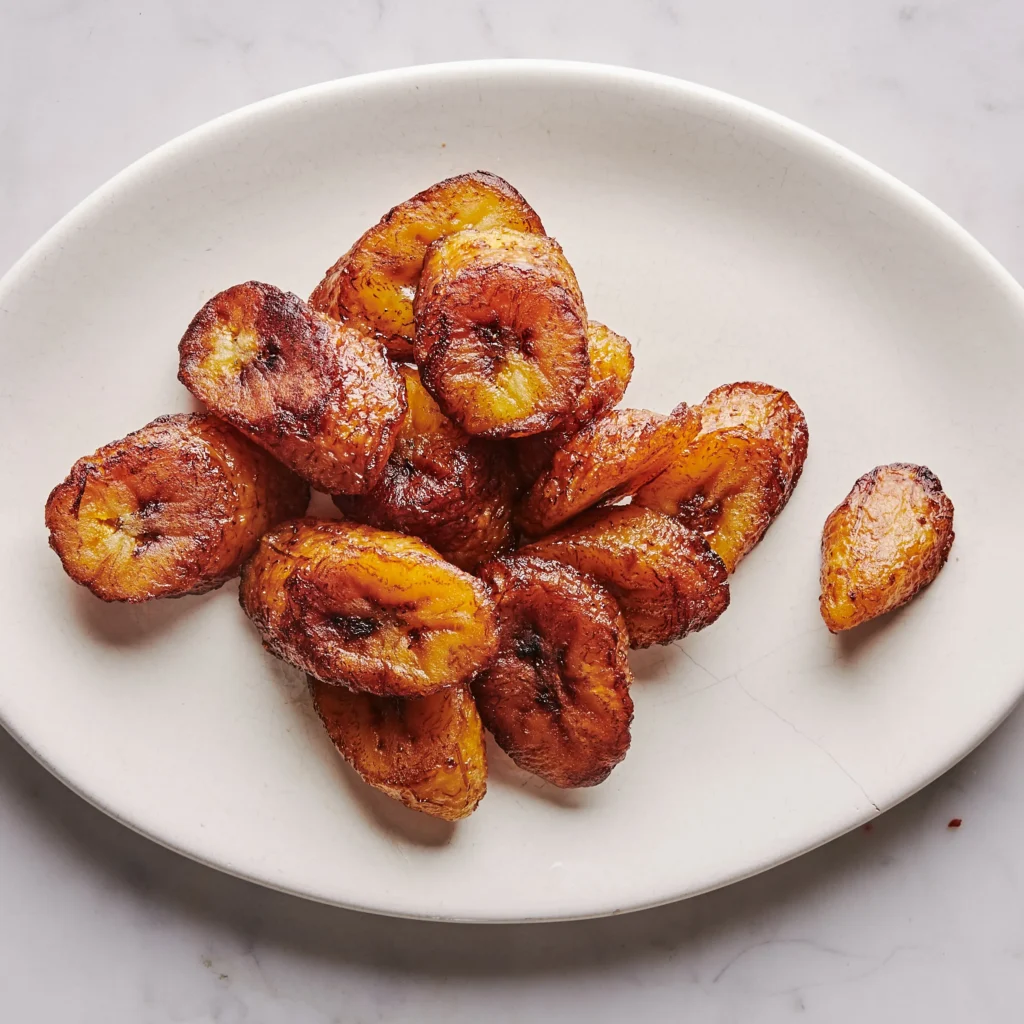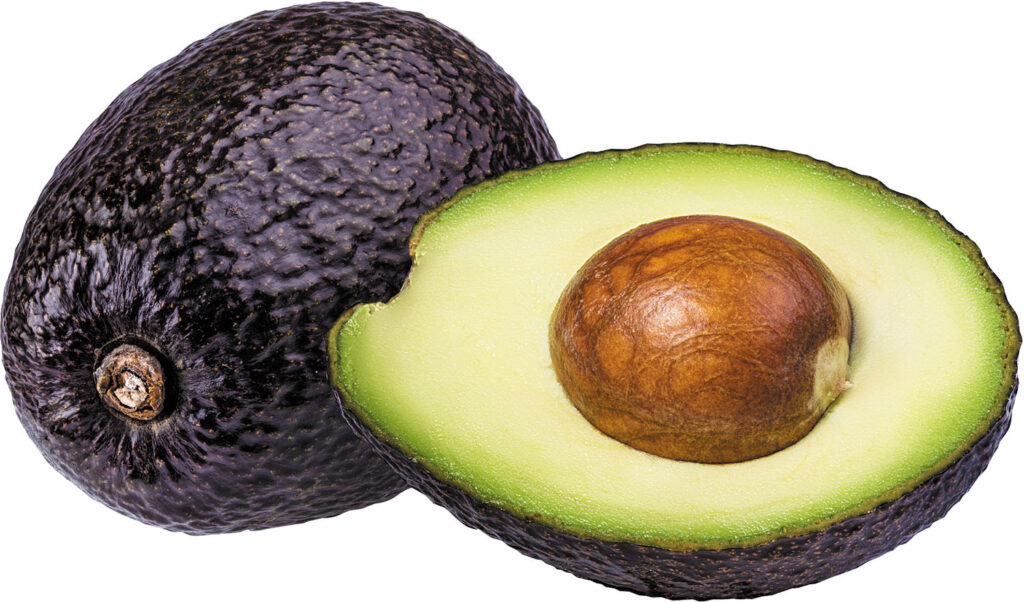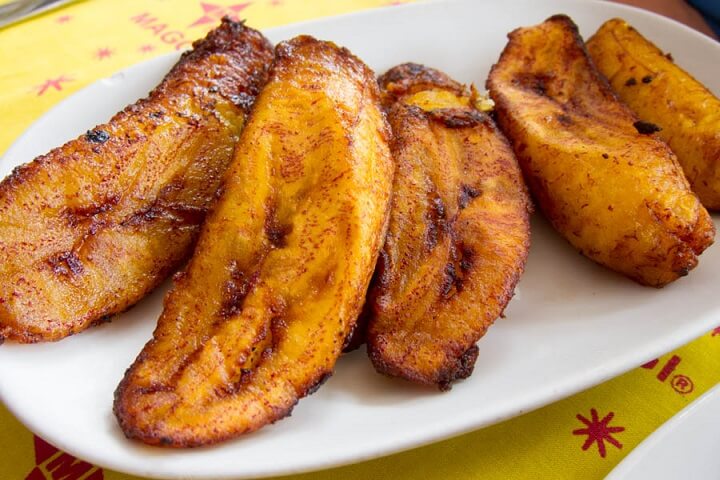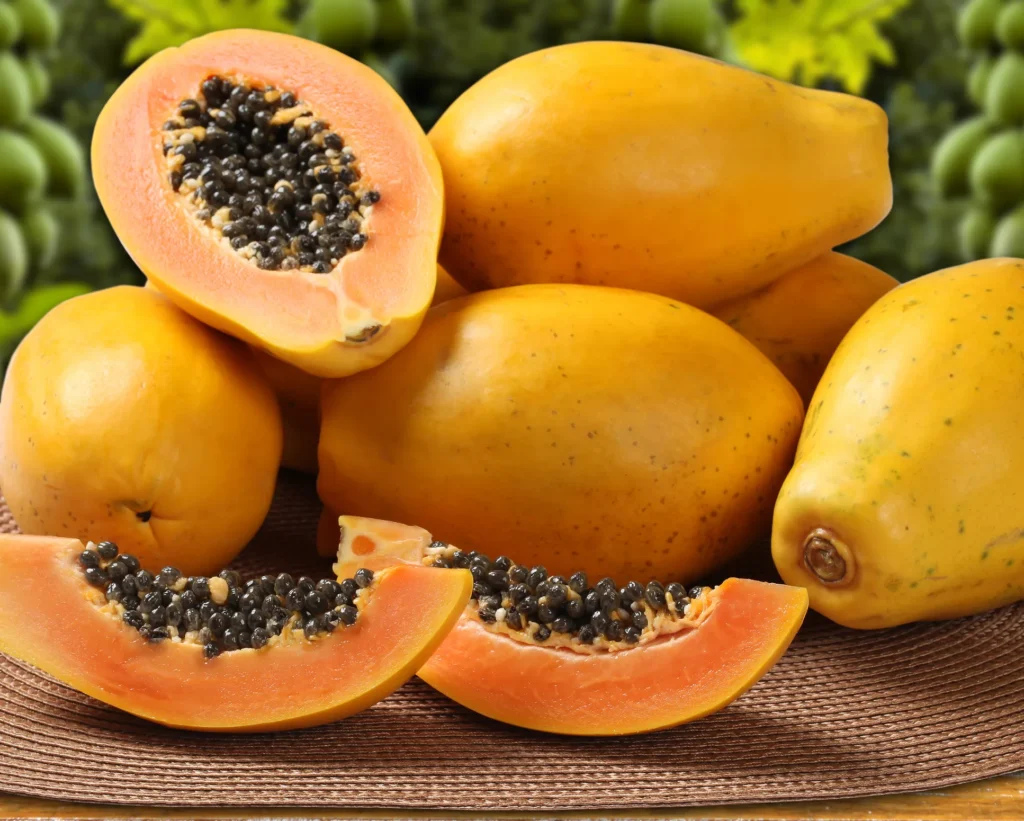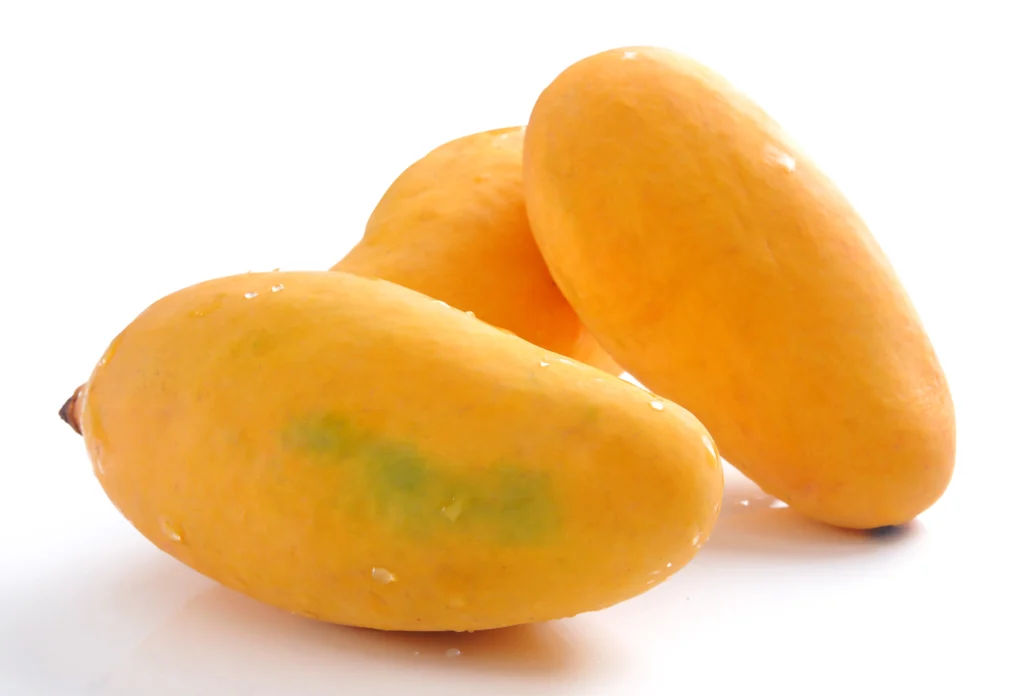Many people around the globe enjoy bananas for their good taste and the healthy stuff they give us, like potassium, vitamin B6, and fiber. Bananas start off green and get yellow, then little brown spots and finally red streaks show up. But are they still okay to eat when they have those red marks, or should we throw them away?
When picked, bananas are usually green and firm. They’re too starchy to eat at this point. However, after being picked, they release a chemical called ethylene that makes them ripe.
The bananas’ green color fades as the chlorophyll in the skin goes away, and we see yellow. This also means the starches are turning into sugars, making the bananas taste sweeter and feel softer. So, when you see a yellow banana with brown spots, it’s fully ripe and ready to eat.
Table of Contents
Why Do Bananas Get Red Spots?
The red marks on bananas happen naturally because of colorings called anthocyanin pigments. Sometimes the temperature changes a lot when the bananas are growing, which can cause some red spots. Also, little injuries or more exposure to ethylene gas can make more anthocyanin. These red spots are not bad; they just show the banana is becoming ripe.
During ripening or when the banana gets old, anthocyanins build up in the peel. If there’s a lot of light or the temperature goes up and down, you get more red spots. They usually start where there are already brown spots and get bigger over time.
There’s also a fungus called Nigrospora that can make the inside of bananas turn a dark red color. It can be a problem for bananas growing in tropical places. Other problems like Mokillo, moko, and blood disease bacteria can also make bananas turn red.
These issues can be a big deal for banana plants if they’re not taken care of. They can cause less fruit, bad quality, or even destroy the whole crop. Farmers have to work hard to prevent these diseases from hurting their banana plants.
When trying to grow good bananas, it’s really important for farmers to stop these diseases and deal with them when they show up. This way, they can keep their plants healthy and make lots of fruit.
Is It Okay to Eat Bananas with Red Spots?
Yes, bananas with red spots on the skin are okay to eat. The spots don’t mean the banana is bad or dirty. They just mean that the banana is very ripe and should taste nice and sweet. But if a banana has dark, mushy spots or the skin looks wet, you should throw it away because it’s probably not good anymore.
If the inside of the banana looks fine, without mold, bruises, or rotting, then bananas with red spots are okay to eat and won’t hurt you. So, you can have these bananas as part of what you eat every day without worry.
How to Know if a Red-Spotted Banana is Bad?
Red spots by themselves don’t make bananas unsafe. But if you see a lot of bruises under the peel or the banana inside looks really bad, then you should be careful:
- Look at the peel for signs of dark spots or cuts that could mean the banana is rotting.
- Gently squeeze the banana. If it’s too soft instead of just a bit firm, you shouldn’t eat it.
- Check if the top of the banana, where it was attached, is turning black.
- Smell the banana. If it has a very strong, unpleasant smell, it’s probably bad.
- Look for mold, which can look like gray fuzz or black dots.
- See if anything is leaking out of cracks in the banana.
If you see these warning signs, it’s safer not to eat the banana.
Why Do Some Bananas Bruise Under the Skin?
There are a few reasons why bananas might get bruises under their skin:
- Being handled roughly – If bananas are pressed too much or get knocked around when they’re being moved, they can get tiny breaks under their skin. When this happens, some parts of the banana turn brown because of a reaction with the air.
- Getting too cold – If unripe, green bananas get colder than 13°C (55°F), they can get hurt by the cold. You might see little dents, rot faster, and get bruises that you can see.
- Ripening too slow – Bananas make ethylene gas, which makes them ripen faster. If they’re kept in plastic bags, the gas gets trapped and some kinds of bananas end up with bruises. Letting the gas out helps the bananas ripen the right way.
Keeping bananas from getting bumped and crushed and letting them stay in the right temperature helps avoid those brown spots. Making sure they have enough room to breathe also stops the bruises from forming.
To Wrap Up
In short, when bananas get ripe, it’s normal for them to have red spots, and the yellow part inside is just fine to eat. But if the banana has deep bruises or it feels like it’s going bad, you should not eat it.
When you take care and store bananas in the right way, you can enjoy them when they are best to eat – when they’ve changed from green to having a good amount of yellow spots. It’s not just about how the banana looks outside, but more about how it feels, smells, and what it looks like on the inside..

